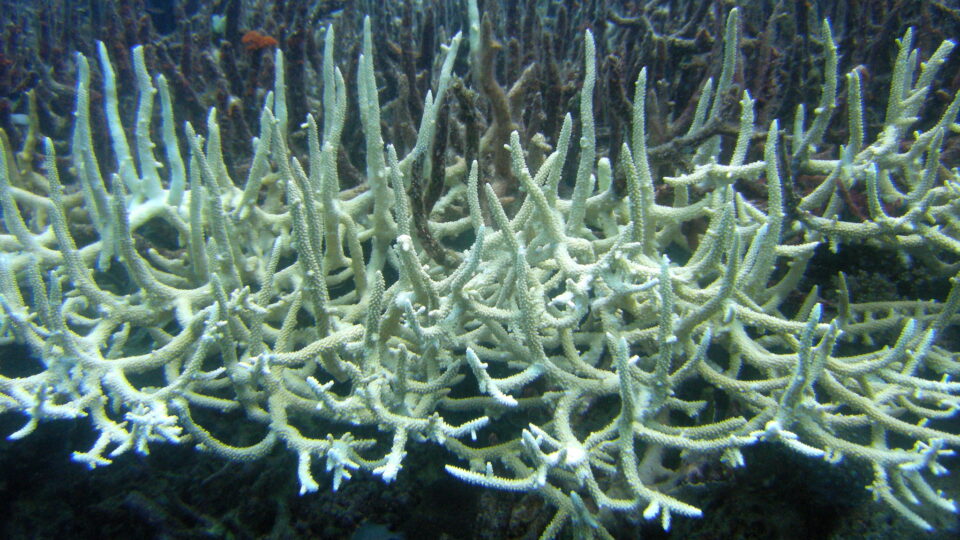Sunscreen from beachgoers entering ocean waters is one of the greatest threats to coral reefs and there are global efforts to reduce or eliminate the use of many of the most harmful chemicals people use to protect themselves from the sun’s rays. However, scientists at the Smithsonian Conservation Biology Institute have found that some corals have a natural sunscreen of their own that helps protect them from the effects of climate change.
Hawaiian blue rice corals feature a deep blue pigment that is created by chromoprotein that filters out harmful ultraviolet radiation from the sun. UV damage has harmful impacts to reproduction in many coral species, but it appears not to have the same effect on blue rice coral.
In a study published in Scientific Reports, Smithsonian researchers studied the devastating effects that bleaching had on brown rice coral in the Hawaiian bleaching events of 2014 and 2015. During the same events, blue rice coral either recovered quickly or was not affected by the elevated ocean temperature at all.
The blue-pigmented corals had dramatically greater reproductive vigor than the brown-pigmented version. The key factor appears to be the sun-screening ability of the blue pigment in the particular symbiotic algae that lives inside the coral tissue known as zooxanthellae. The coral protects the algae and in turn the algae provide the coral with food in the form of sugars produced as a waste product from photosynthesis. In the case of the blue version, the algae also produce sunscreen for the coral.
By better understanding the role UV-protective pigments play in mitigating the adverse effects of climate change and warming oceans, scientists can learn why some species are better equipped to survive in a changing environment.
**********
Web Links
Photo, posted September 28, 2009, courtesy of Matt Kieffer via Flickr.
Earth Wise is a production of WAMC Northeast Public Radio.


